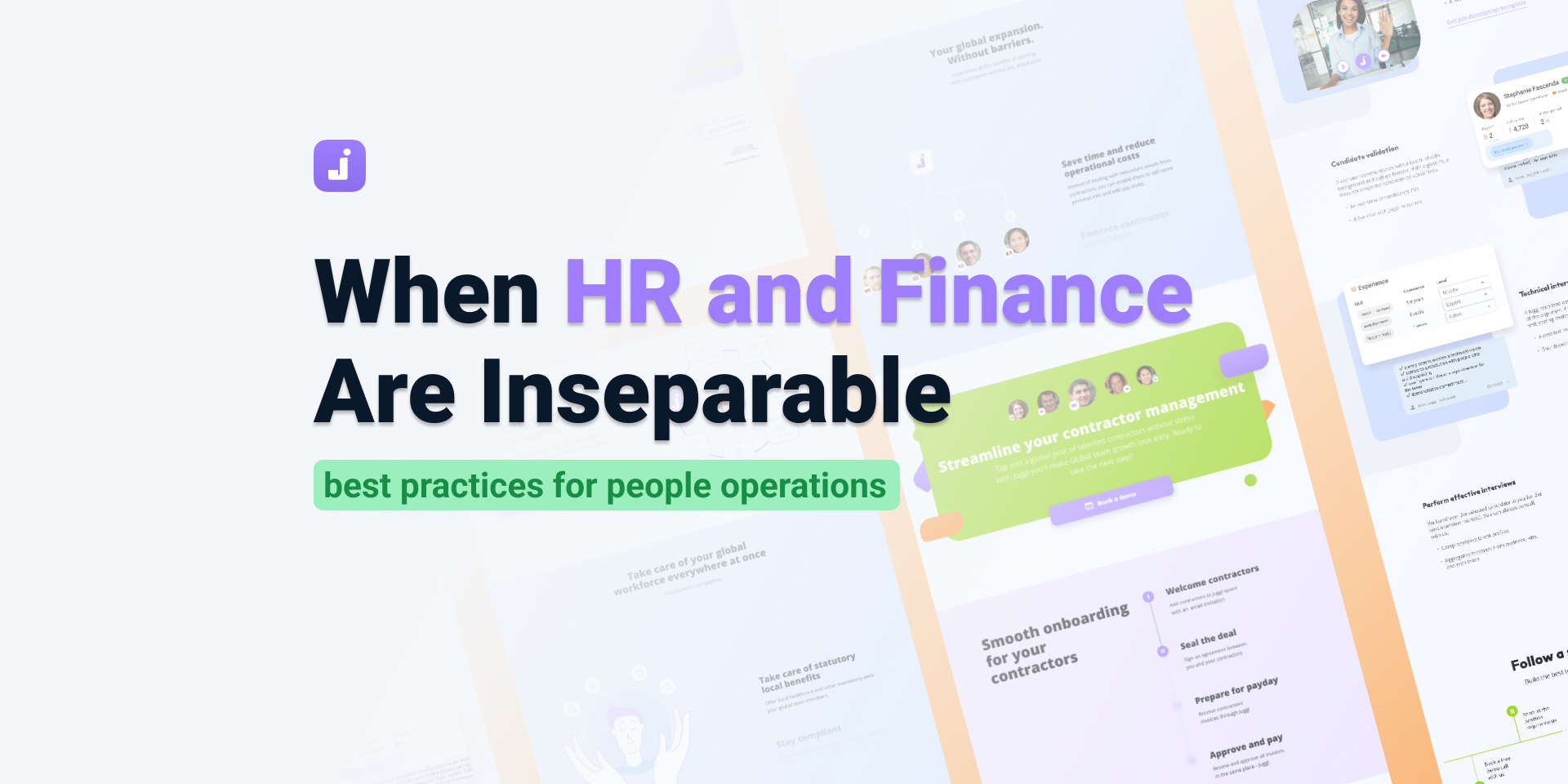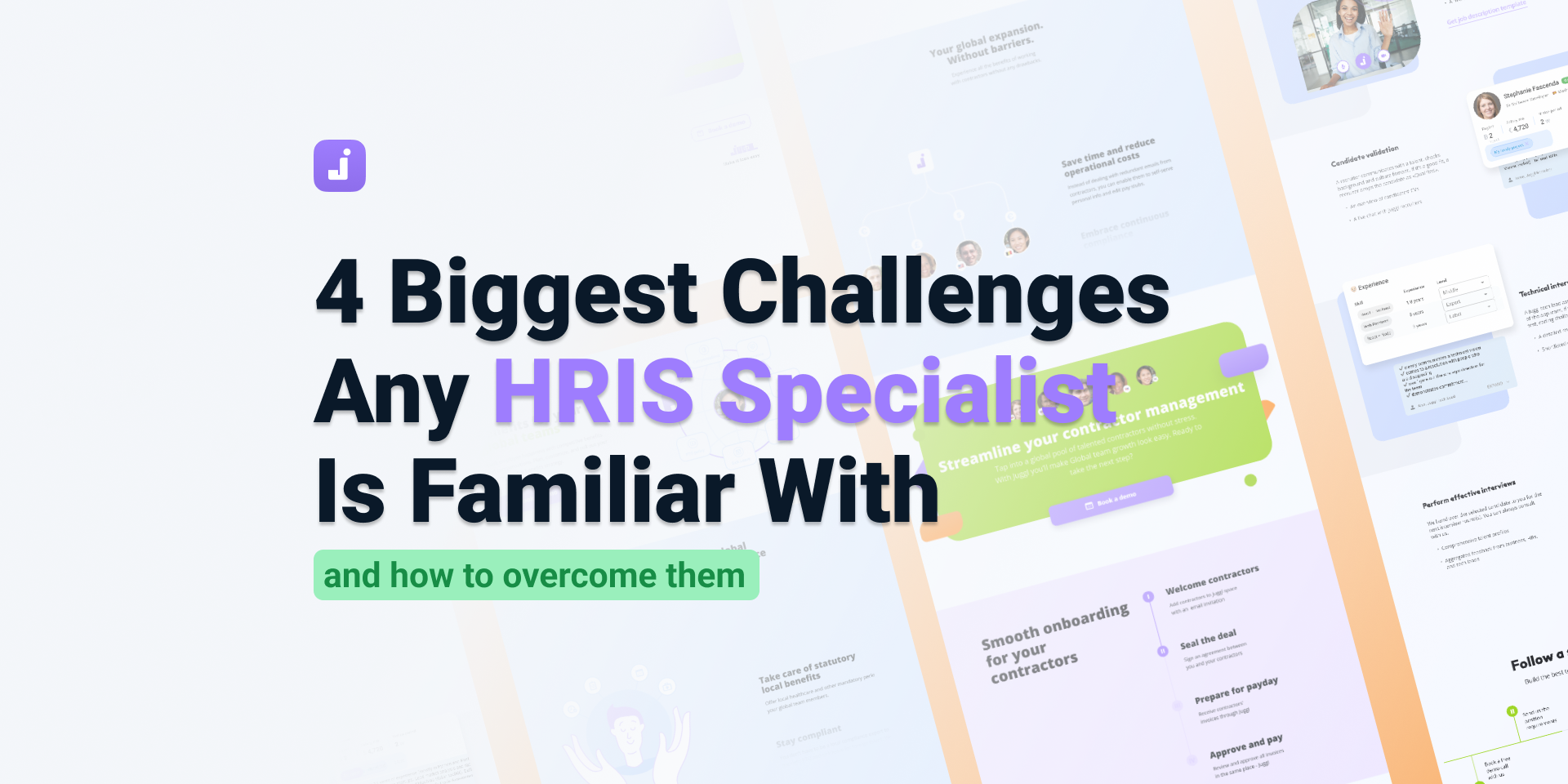6 mistakes in a job description that ruin the first impression
Employers often assume that the best job description comes with good perks and eye-catching facts about a company. However, focussing only on these things, you can miss out on highly experienced candidates. They read between the lines.
To help you create strong job descriptions, we have listed the top 6 common mistakes. Let’s get started!
1. Too long descriptions
.jpeg)
When compiling a list of job requirements and responsibilities, you might be tempted to include every detail of the tasks a person will execute.
The more job specifications you demand, the fewer candidates you’ll get. Harvard Business Review investigated that women tend to put off a vacancy if they don’t possess 100% of a job description duties. However, this is not the only reason.
Redundancies make your vacancy difficult to digest. Poorly written job descriptions often contain excessive details and lengthy sentences, prompting potential applicants to move on to the next vacancy.
Applicants tend to skim a vacancy rather than read it closely. No wonder an average candidate spends relatively short time scanning a vacancy – usually, they need to review dozens of descriptions to find what they want.
Thus, if you skip insignificant points and use shorter sentences, you will increase the likelihood of new hires.
Try to shape your job description section in the following way:
- Role functions: 5-7 bullets
- Must-have skills: 3-4 bullets
- Nice-to-have skills: 2-3 bullets.
Additionally, format the job description properly to make it scannable. Split text into paragraphs and highlight important information with subheadings and bulleted lists.
2. Too much about us
If you want to draft a concise vacancy, you probably doubt which information to include. Everything seems to be important. It’s especially true for your hallmarks, testimonials, and rewards your company earned. Meanwhile, these attributes are less important than you might think.
Every applicant at first wants to know what’s there for them. That’s why, from the first lines, a good job description generally includes the benefits that a person will gain.
However, when you emphasize only material benefits, it indicates a poor company culture. Such vacancies can discourage people who prefer a laid-back culture.
Here is the hint: try to consider the industry trends that explain why most people quit. Responding to the most frequent candidates’ objections in a basic job description can raise your chances as an employer. Take a look at these two most frequent reasons to quit taken from the Great Resignation survey:
- Limited career growth
- Toxic work environment
Consequently, most tech experts search for both a feeling of progression (or excitement) and a convivial atmosphere (or involvement) in a new workplace. Don’t lose the opportunity and demonstrate these traits in your vacancy. Additional questions on the list below can also help you draft a memorable description.
{{two-card}}
Ultimately, to leave your potential candidate with a good impression after reading a job description, add a friendly call to action at the end.
3. Lack of clarity
.jpeg)
Superlatives
To differentiate your company, you might want to embellish job descriptions with superlative adjectives, for example, “the best of the best” or “number one”. While you pull away from solid business facts and figures, your talent gets confused even more and wonders “what this role entails.”
Taking a quick look at the vacancy, an experienced person will think that job requirements with superlatives are overblown and misleading. So, this wording can spoil the first impression about your company and rob you of lots of good talent.
And there is another trap related to tricky job titles.
Buzzwords in job titles
In an attempt to be different and friendly, some recruiters publish vacancies under unconventional names like Data Engineer 'ninja' or 'guru' of HW/SW Integration. However, those colorful words mostly confuse applicants.
First, weird job titles make them doubt what to expect. Second, they also doubt whether they fit the elevated job requirements.
In addition, an untypical vacancy title might drop out of sight of a job seeker. A person looking for possibilities for middle Java developers might not see the position of “Java developer rockstar” in the search results. That is why irrelevant words can negatively affect your hiring outcomes.
Payment range
Companies often ignore sharing a payment range in the vacancy, though it has a significant impact on candidates’ decisions. According to SHRM and Glassdoor studies, compensation is a top factor that about 70% of applicants are looking for.
Even so, according to Payscale, only 12% of international companies advertise salaries in their vacancy postings. So, you have the chance to stand out from other employers and provide people with a clear understanding of a salary range.
4. Gender-charged words

In such fields as engineering and programming, a subtle gender bias might appear, as technical roles are often associated with men.
Even if a company shares the diversity values, there might be a contradiction in the language patterns they use. Mentioning in job descriptions such adjectives as self-sufficient or decisive for women candidates can lower the sense of fitting to the job profile.
Moreover, the research shows that gender-neutral language can help companies attract 42% more candidates.
That’s why a good idea is to use inclusive and unbiased language to attract a more diverse pool of candidates.
For example, you still may come across open vacancies for “salesman” or “chairman”. Is there a way to improve such headlines? Absolutely. Instead, use “sales representative” or “sales manager”, and simply “chair” which sounds gender-neutral.

To fill vacancies faster, try to exclude typical masculine-coded words from your description. Here are some of them:
- Competitive
- Confident
- Determined
- Decisive
- Strong
- Rockstar
To find more examples, look at Gender Decoder, or simply test your job description in a gender-bias checker.
5. Generic job description
The number of open positions in tech teams is still growing. With that tendency, employers can avail static job descriptions that don’t change over time. As a result, developers scan hundreds of more or less generic vacancies. But you can bolster your job description using this method.
To differentiate from the rest, you can adjust the vacancy wording with an ideal candidate profile and make it more appealing to them.
Are you looking for a creative mind that spurs innovations? Then add some portion of creativity to your job description.
If you want to turn to more traditional candidates that are expected to configure existing software, use more conventional words.
Just as an example of a bad job description, have a look at this role for a ‘Content designer’.

What is wrong with this job description? It contains cliches and generic terms not giving a clue what the position is about.
Just compare it with another job opening for a similar role.

Specific details, shedding light on exact tasks, experience, people to work with, and also personal pronouns (like ‘we need’, ‘you’ll’), make the message better tailored and more appealing.
6. Contradictions in job requirements
Sometimes employers expect too much from applicants. This might manifest in asking a novice to have extensive experience in X tech skills. Or expect a worthy talent to do clerical work like taking meeting notes. Those inconsistencies create a negative impression and discourage people from applying.
Posting a vacancy for a complex position that demands multitasking or resilience, mention this requirement openly, but name also benefits coming alongside.
Final thoughts
Inevitably, an applicant compares numerous employers. But you can make clarity your trump card. Concise vacancy descriptions will allow you to earn the trust of true tech experts.
I hope this article has shown how to write fewer bad job descriptions and hire professionals in less time. Need advice on hiring the best talents? Then read our comprehensive guide to the recruitment process – it has some gems for HR professionals and recruiters.
{{quote-text}}
Excitement:
What transformation happens in your company or industry?
What cutting-edge technology or innovative products do you use/produce?
How the job will contribute to business objectives?
What are the opportunities for career growth?
Involvement:
What impact will a candidate have on a project/team?
Where does the role sit within a company?
Who line manages a candidate (a managerial job title)?
Ultimately, to leave your potential candidate with a good impression after reading a job description, add a friendly call to action at the end.











